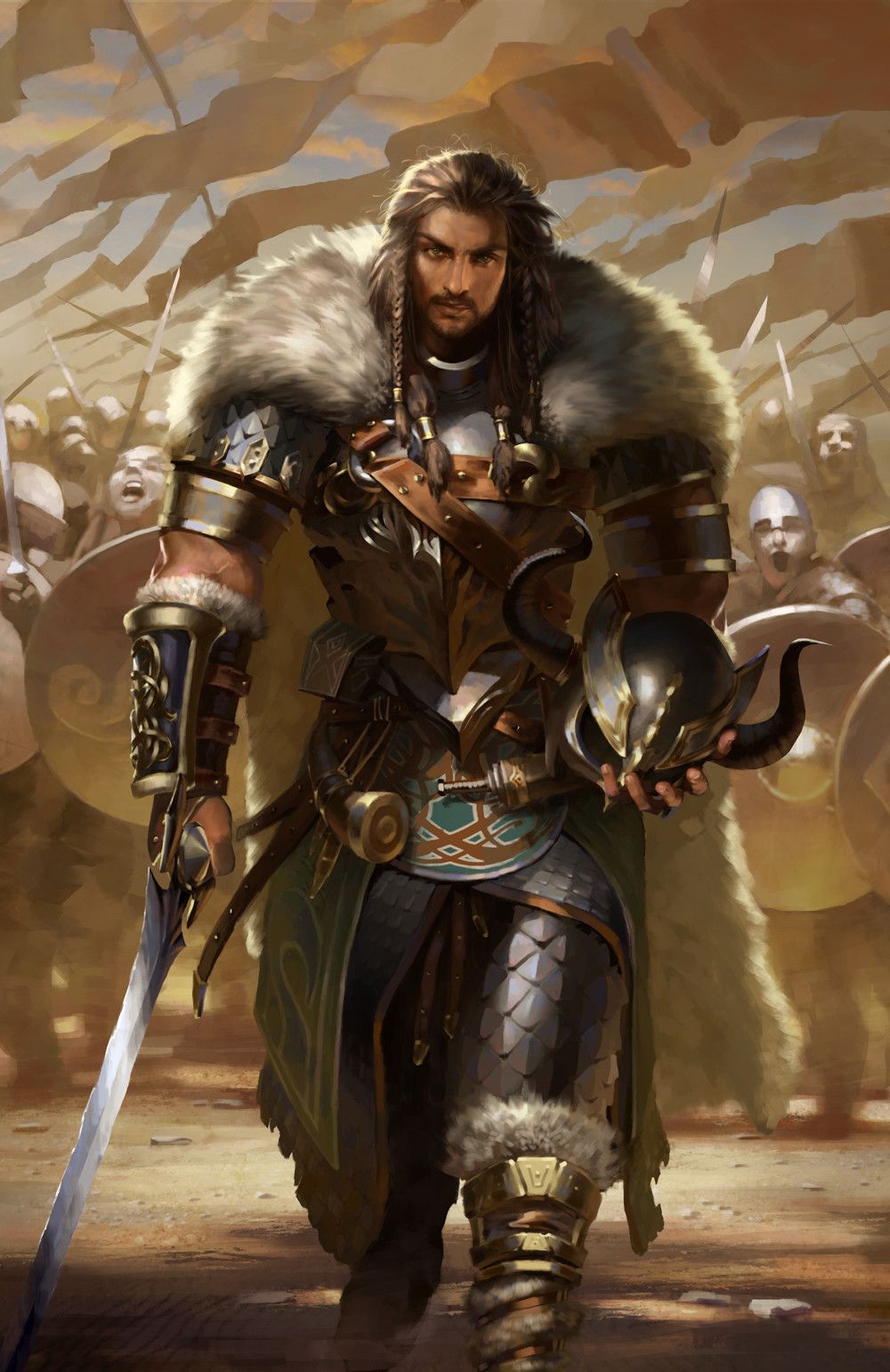Sub-chief
Sub-chiefs are levelled characters who have reached 3rd to 5th level, most often fighters, who have decision-making authority over tribal tasks, obligations and errands, such as food gathering, defense, livestock or war parties. Sub-chiefs answer to chieftains, who are responsible for the whole tribe. Among primitive peoples, sub-chiefs are very rare, having become levelled through combat and experience. In civilized regions, they act as keepers of the peace, important functionaries, company commanders and petty jurisdictional figures.
Qualities
Sub-chiefs are expected to use their own discretion within their assigned roles, acting in the name of a chieftain, commander or political ruler, by whom they are trusted. Depending upon the situation, sub-chiefs usually have the privilege of punishing offenders, even executing them in some cases; so long as they believe they are acting according to their superior's wishes, they are able to assign duties, secure prisoners or labour, force a village to accept curfew or even wage skirmishes against an enemy. A sub-chief is answerable for these actions; and a sub-chief will receive orders from above. Nevertheless, sub-chiefs enjoy a wide latitude with regards to their choices and given orders.
They are therefore in possession of social position, with a strong sense of maintaining the peace. They have seen a great deal of action and do not yield easily. They possess many personal contacts and friends and can bring together a coalition of supporters and political influence, if necessary. Often they have risen to their position despite a lack of charisma (perhaps never having served as a leader, but winning authority over time as a dutiful and reliable veteran).
Sub-chiefs most often possess some form of significant sage ability, with a minimum of amateur-status in judgment, morale strengthening or motivation (often possessing all three), along with some other study in which they possess authority-status. Sub-chiefs will be able to read and write; 5 in 6 are able to swim and 7 in 8 will be trained to ride a horse or camel, depending on the environment.
Generation
When generating the ability stats for a sub-chief non-player character, roll 4d6 (discarding lowest die) four times and 3d6 twice times. Arrange the numbers from highest to lowest accordingly: primary attribute, strength, constitution, dexterity, wisdom, intelligence, charisma. Once the stats are arranged, add +2 strength and +1 to charisma, constitution and intelligence. When rolling hit points, "1s," "2s" and "3s" should be re-rolled ("3s" may be retained for illusionists and mages).
The character's age should be generated normally, +3d6 years (1 in 8 sub-chiefs will be 2d8+17 years older). For example, a typical 1st level human fighter is 14+1-4 years old. This is increased by 3-18 in most cases, and 19-33 years otherwise.
These are guidelines and need not be adhered to exactly for game purposes.
See The Adventure
